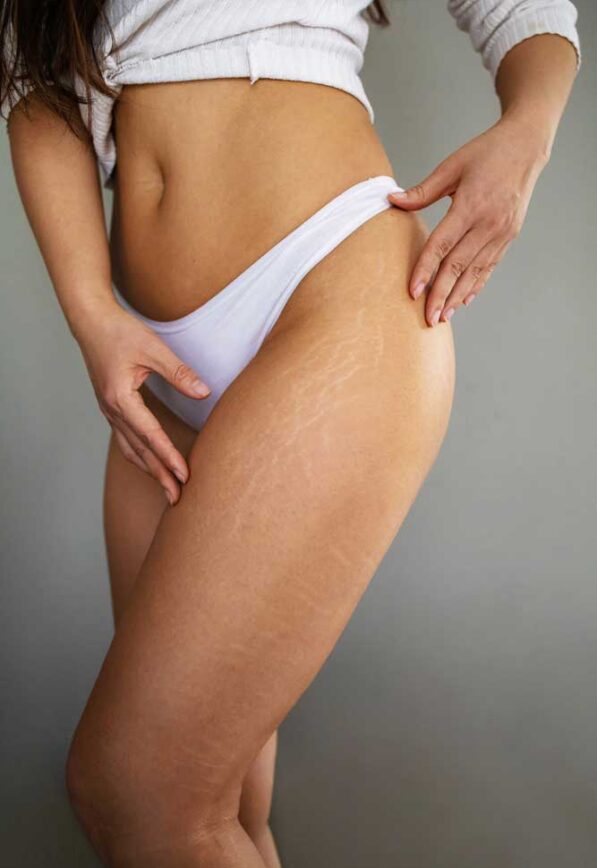Is Lipedema Liposuction Right for Me?
Lipedema affects millions of women worldwide, yet many go years without proper diagnosis or treatment. Unlike regular weight gain, lipedema fat is painful and doesn’t respond to diet and exercise, leaving many patients feeling frustrated and discouraged.
If this sounds familiar, it’s worth looking deeper into a lipedema diagnosis. Dr. Hakimi provides personalized evaluations and treatment at his Beverly Hills office, analyzing your unique symptoms and medical history to determine if you might be dealing with this often-misunderstood condition. Lipedema liposuction is typically suitable for patients who:
- Have symmetrical, abnormal fat accumulation in the legs, hips, thighs or arms that doesn’t improve with lifestyle changes
- Experience chronic pain, tenderness or mobility issues related to lipedema
- Feel self-conscious about their appearance and lower body proportions
- Are in good overall health and have reasonable expectations about surgical outcomes
- Prefer an effective, long-term solution to lipedema fat
Dr. Hakimi understands that each lipedema case is unique. During your consultation, he’ll assess the severity of your condition, discuss your symptoms and determine whether you’re a good candidate for surgical intervention. Some patients benefit from conservative treatments first, while others may need immediate surgical relief to improve their quality of life.
Book Now

